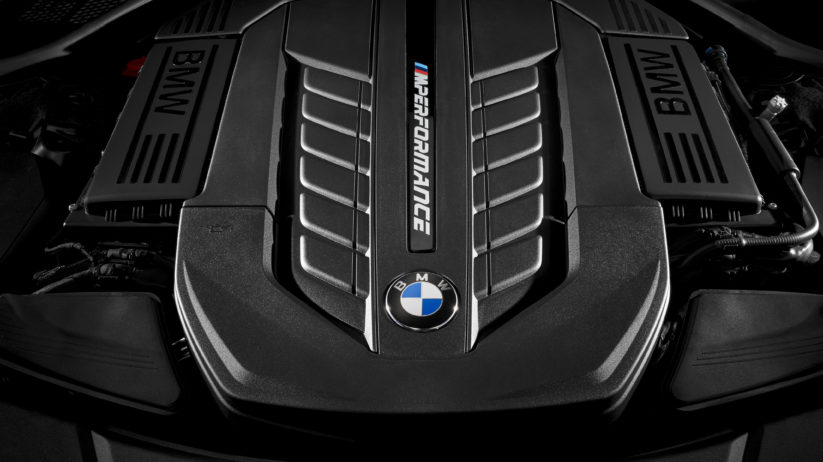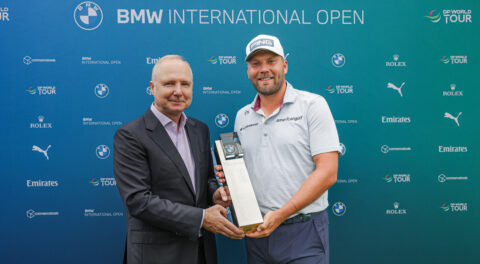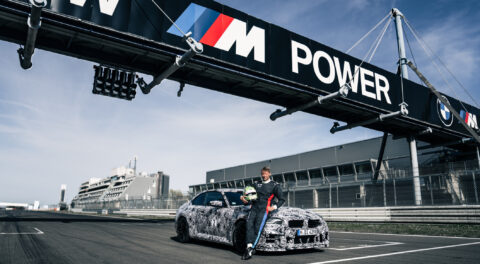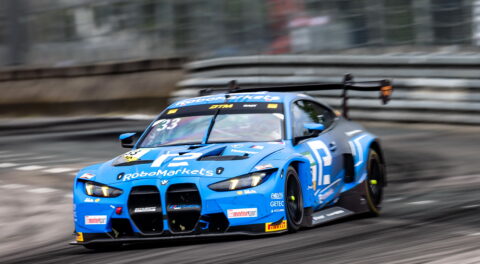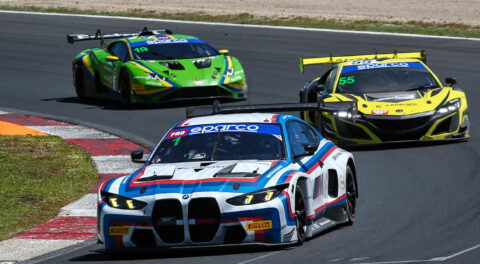A few weeks ago, in the wake of Mercedes-AMG announcing the S65 Final Edition as a sendoff for the company’s V12 engine in a four-door range-topper, automotive news media outlets proceeded to report on a story broken by Top Gear about BMW keeping theirs around until at least 2023. At this point, it remains uncertain whether or not the next generation of the BMW 7 Series will be offered as a twelve-cylinder model, with future engine designs likely intended for Rolls-Royce applications. But, with Mercedes and Audi both choosing to eliminate twelve-cylinder offerings from their flagship sedan-model portfolios, BMW is in a uniquely opportune position, and it can largely thank the overwhelming success of the M760Li xDrive for it.
According to BMW Five, Six, and 7 Series product chief Christian Metzger, production of the V12 has been at, “maximum capacity,” with Middle Eastern and Chinese demand largely driving sales. Although BMW’s N63 V8 has been edging ever closer to V12 power figures with every new version, the M760Li xDrive took things to another level when it arrived in 2016, delivering 600 hp at 5,500 rpm and 590 pound-feet at 1,500 from its N74B66TU 6.6-liter V12. In the latest refresh, the V12 makes similar horsepower, while torque has been upped to an earth moving 627 pound-feet.
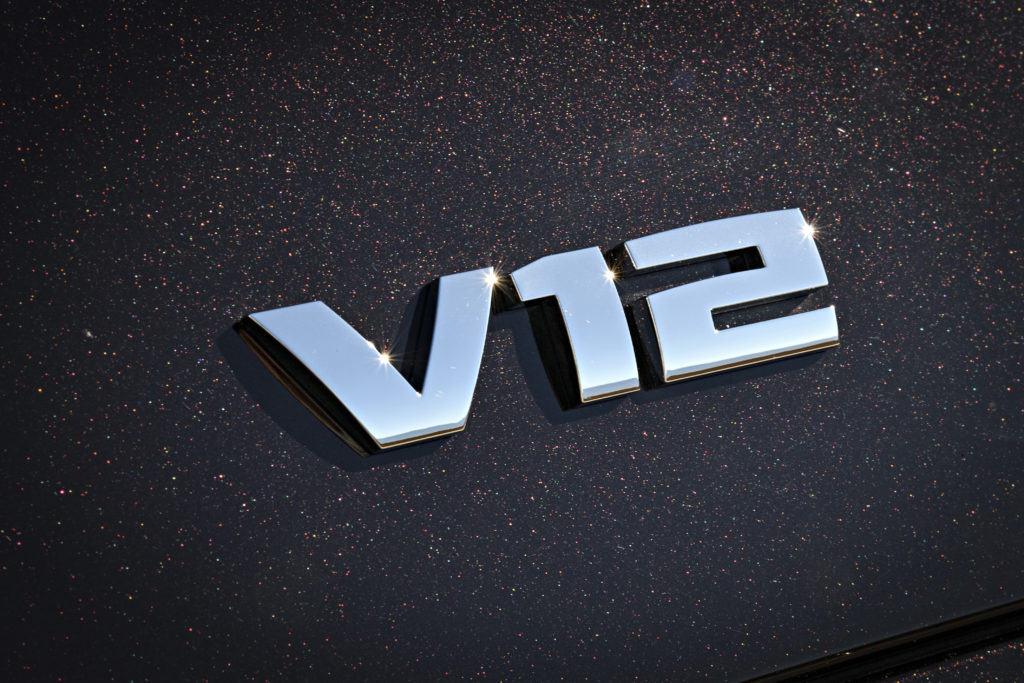
Although many recognize the V12 engine design as a mainstay of the upper class, that has been present for much of twentieth century, the major German automakers have only been building them for about 30 years now. It was originally Jaguar in the 1970’s who democratized the design from the upper end of the spectrum to a more attainable status with their SOHC, 24-valve design, which lasted until the late 1990s. Mercedes-Benz, on the other hand, is speculated to have created their own wondrous quad-cam, 48-valve M120 unit in 1991 as a response to the BMW M70, which was announced during 1986, albeit with a much more rudimentary design. Before you begin to wonder, highly specialized versions of the DOHC M120 are have also been used by Pagani in their supercars. The current Mercedes V12, the M279, which was recently handed off to AMG for further development, traces its roots back to the early 2000’s, with a SOHC, three-valve head design and twin-turbo layout that has remained largely unchanged since.
Looking back, even with a rather short chronological history, the BMW V12 has proven to be an immensely important part of the brand’s presence. The initial M70, which first came in a five-liter displacement, catapulted the E32 7 Series into the realm as a serious competitor for the then-dominant S Class, elevating BMW to the status of a true luxury automaker. The design, although rather mundane by current standards, with a single overhead camshaft for each cylinder bank driving two valves per combustion chamber, is also noteworthy, as elements of the M70 would go on to be used as the basis for the VANOS-equipped S70/2 quad-cam unit of the McLaren F1.
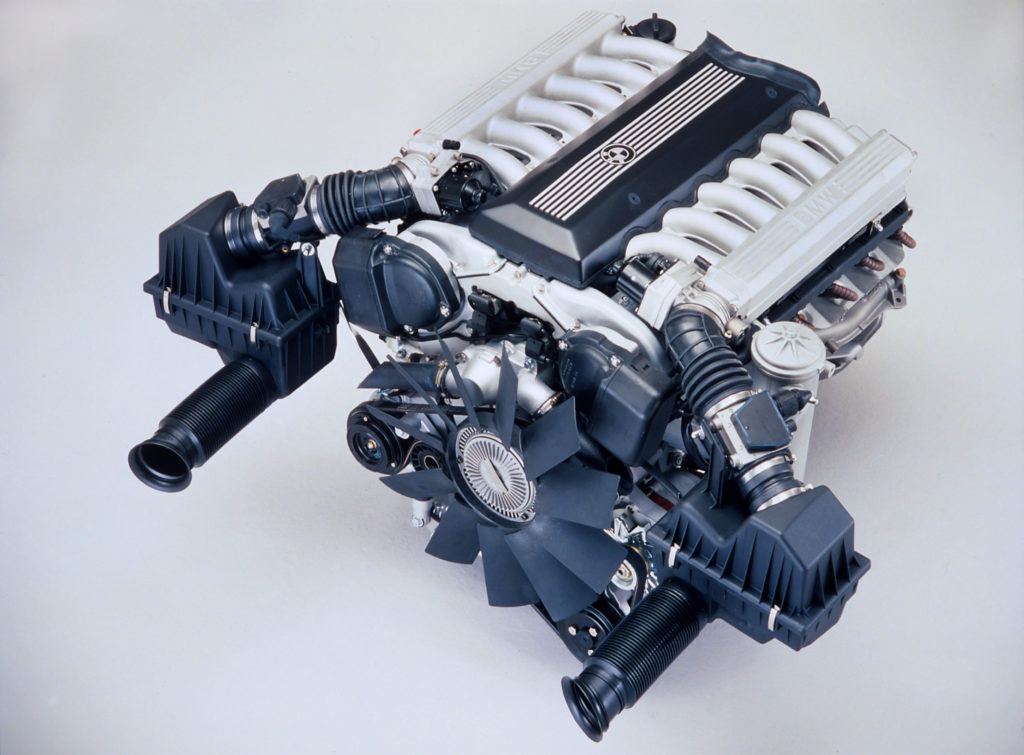
Since arriving for the 1987 model year, the BMW M70 has been replaced by three succeeding generations, with camshaft and valve counts increasing along with displacement. Unveiled over a decade prior to this article being written, the twin-turbocharged and direct-injected N74 unit is now expected, in some form or another, to remain in production until 2023. A far cry from the first design that came twenty years before it, the N74 uses dual overhead camshaft-equipped cylinder heads with VANOS, direct fuel injection, and twin turbos mounted outside of the valley, but lacks Valvetronic, an efficiency and performance-improving technology that has become standard on all other BMW engine designs.
The N74 first came to market in six-liter form, a version that developed 544 hp at 5,250 rpm and 553 pound-feet of torque from 1,500 to 5,000. With the arrival of the G11 7 Series in 2016, the base displacement level was eliminated from the lineup, and an updated version of the previously Rolls-Royce exclusive N74B66, displacing 6.6-liters, replaced it. This engine, which is used within the M760Li xDrive M Performance flagship sedan, makes over 600 hp and 627 pound-feet in its latest iteration, which was just updated for the 2020 model year. Those numbers, along with xDrive, help the long wheelbase sedan sprint from zero to 60 in 3.6 seconds, just a bit slower than the 2020 Alpina B7, which makes 600 hp and 590 pound-feet from its specialized N63B44 V8—the bruiser from Buchloe can also reportedly hit a top speed of 205 mph.

Adapting Valvetronic might be one way to keep the N74 at least somewhat current, but gong forward, it seems like reverting back to a six-liter displacement is more likely. The big hurdle is clearing the next round of emissions testing, with underlying regulations that are eliminating big-displacement engines from manufacturer lineups the world over.
No matter how you approach the subject, the end of the horizon for V12 engines, at least those from manufacturers that do not occupy the supercar realm, is sad news. Even when viewing things through the most pragmatic lens, with modern V8 designs encroaching upon and even eclipsing current V12 power, the picture is still rather bleak for those of us who’ve always been enamored with the engineering that goes into an impressive power plant. It won’t be long before the V8 itself is on the chopping block next, and the internal combustion engine as a whole some time beyond that. At least BMW has plans to stay relevant for the next 100 years, well beyond this current sea change.—Alex Tock
[Photos courtesy BMW AG.]

